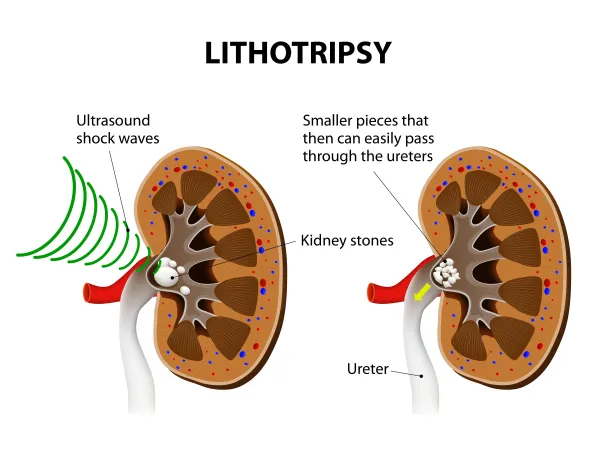New Abscess, Gallbladder, Cholangitis Codes to Debut Oct. 1

Official updates to 2019 are out — how will your GI practice be affected? Whether you’ve been hoping for new diagnosis codes or you feel like you’re just barely getting to know the existing ones, it’s that time of year again. Effective Oct. 1, you’ll have 320 new diagnosis codes to choose from, and you’ll find that 172 codes have been revised. CMS published the full listing of codes in mid-June, but we’ve reviewed the list to identify the changes most relevant to gastroenterologists. Check Out New Abscess Codes Ever since ICD-10 debuted, you’ve had access to several codes that describe GI abscesses under the K61 (Abscess of anal and rectal regions) heading. However, although the section is robust, it has never represented every potential condition that can occur, and some coders have been eager for expanded opportunities for coding these conditions. The 2019 edition of ICD-10 delivers, with several new codes debuting Oct. 1 to represent the following diagnoses: You previously reported horseshoe abscess with H61.1 (Rectal abscess), but that code doesn’t fully capture the condition, since a horseshoe abscess can be quite deep and can spread throughout the rectum and sphincter. The new code is expected to provide more clarity when GI surgeons perform more invasive procedures than what is usually required of a rectal abscess. The K61.5 code offers you a location-specific option when the patient’s abscess is specifically in the supralevator space within the patient’s rectum. And new code K61.39 appears to build on the current description for K61.3 (Ischiorectal abscess), which has a note indicating that it covers “abscess of ischiorectal fossa.” In cases when the patient has an ischiorectal abscess that lies outside of that descriptor, K61.39 will be the right code to report. Find New Gallbladder, Cholecystitis Codes This year’s crop of new ICD-10 codes actually includes several diagnoses that the American Association for the Surgery of Trauma requested last year, but which were not implemented at that time. Instead, you’ll see these new codes effective Oct. 1 of this year. For instance, you’ll find the following new codes to refer to gallbladder disorders: o K82.A1 — Gangrene of gallbladder in cholecystitis You’ll also find two new codes for cholangitis, which is currently covered under the catch-all code K83.0 (Cholangitis). However, you can now get more specific with the following: Because primary sclerosing cholangitis is a complex chronic liver condition which usually involves non-surgical management, the new code will help demonstrate medical necessity for involved services, particularly imaging such as MRCP, interventions by ERCP or other encounters to manage the medical aspects of the condition, says Glenn D. Littenberg, MD, MACP, FASGE, AGAF, a gastroenterologist and former CPT® Editorial Panel member in Pasadena, California.
o K82.A2 — Perforation of gallbladder in cholecystitis




